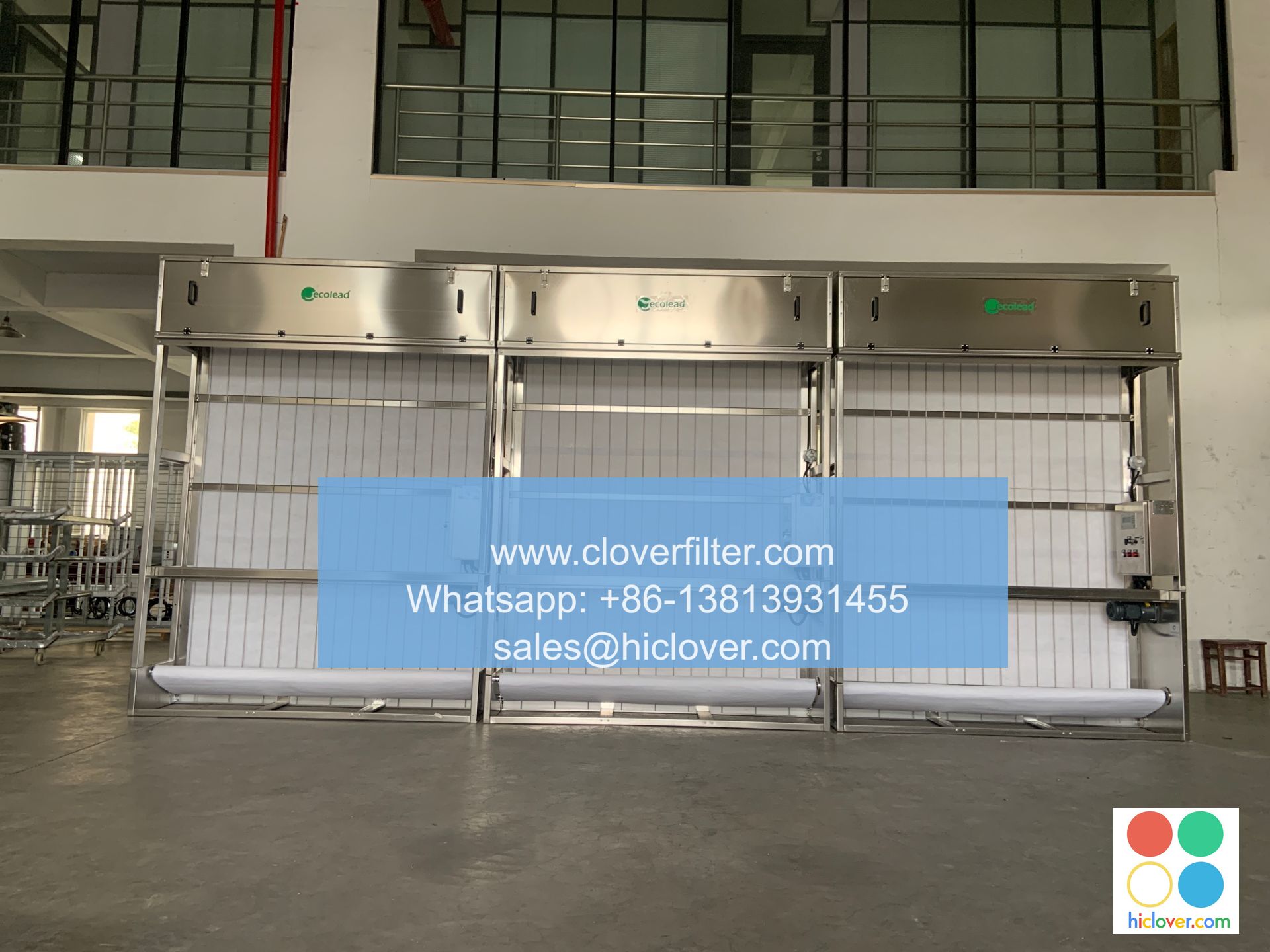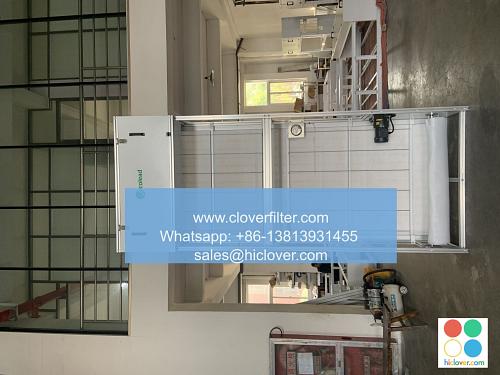Air Filter Dictionary: A Guide to Common Terms and Definitions

As the world becomes increasingly aware of the importance of indoor air quality, the demand for high-quality air filters has never been higher. However, navigating the complex world of air filtration can be daunting, especially for those new to the industry. In this article, we’ll provide a comprehensive guide to common terms and definitions in the air filter dictionary, covering various application areas such as HVAC systems, industrial filtration, and residential air purification.
Introduction to Air Filter Terminology
Air filters are designed to capture particulate matter (PM), gases, and volatile organic compounds (VOCs) from the air, improving indoor air quality and promoting healthier breathing. To understand how air filters work, it’s essential to familiarize yourself with key terms such as filter efficiency, filter media, and airflow resistance. In this guide, we’ll delve into the meanings of these terms and explore their applications in different fields, including commercial HVAC, industrial dust collection, and home air purification systems.
Key Terms and Definitions
- Filter Efficiency: The ability of an air filter to capture particles of a specific size, usually measured in terms of MERV (Minimum Efficiency Reporting Value) or HEPA (High Efficiency Particulate Air) ratings.
- Filter Media: The material used to capture particles, such as fiberglass, polyester, or activated carbon, which can be used in various applications, including gas phase filtration and liquid phase filtration.
- Airflow Resistance: The opposition to airflow caused by the filter, which can impact the performance of HVAC systems and industrial ventilation systems.
- Particulate Matter (PM): Small particles that can be suspended in the air, including dust, pollen, and smoke, which can be captured using air filters and dust collectors.
- Gases: Invisible substances that can be present in the air, such as ozone, nitrogen dioxide, and carbon monoxide, which can be removed using gas phase filters and activated carbon filters.
- Residential Air Purification: Improving indoor air quality in homes and apartments using HEPA air purifiers and activated carbon air filters.
- Commercial HVAC: Maintaining good indoor air quality in offices, schools, and hospitals using commercial air filters and HVAC systems.
- Industrial Filtration: Removing particles and gases from the air in industrial settings, such as manufacturing facilities and power plants, using industrial air filters and dust collection systems.
- Automotive Air Filtration: Improving the air quality in vehicles using cabin air filters and engine air filters.
Application Areas
Air filters are used in a wide range of applications, including:
Conclusion
In conclusion, understanding the air filter dictionary is crucial for making informed decisions when it comes to improving indoor air quality. By familiarizing yourself with key terms and definitions, you’ll be better equipped to navigate the complex world of air filtration and choose the right air filter for your specific application, whether it’s residential, commercial, or industrial. Remember to consider factors such as filter efficiency, filter media, and airflow resistance when selecting an air filter, and always look for certifications such as ASHRAE and ISO to ensure compliance with industry standards.
You haven’t asked a question or provided any context. What would you like to talk about or know more about? I can provide information, answer questions, or engage in a discussion on a wide range of topics. Please provide more details so I can assist you better.

